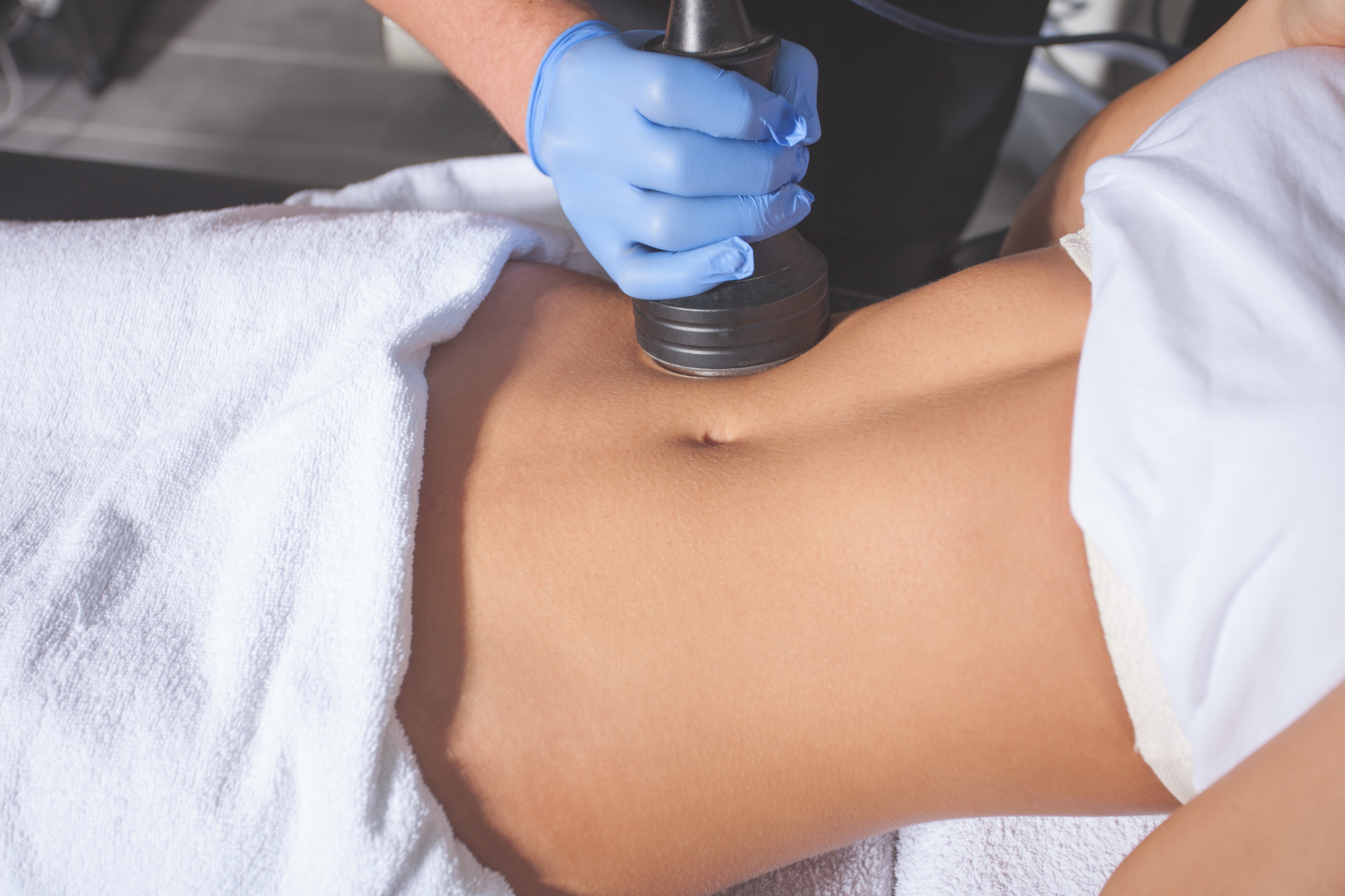Do you struggle with both your weight and back pain? You may not know that…
What Is Body Contouring? 5 Big Facts
September 17, 2020
In recent years, the American Society of Plastic Surgeons has reported surges in body contouring procedures, with popular options like liposuction on the rise.
But if you’re just considering your cosmetic surgery options, trends like these may not mean much to you. After all, what is body contouring, and why should you consider it?
Read on for a simple explanation, plus the body contour facts you need to know.
What Is Body Contouring?
At its most basic, body contouring is a term used for any surgical procedure that helps to improve the look of your skin or tissue after you’ve lost a significant amount of weight. It can also include fat reduction procedures. You may also hear the term “body sculpting” as a synonym for “body contouring,” as the idea behind the procedure is literally to “sculpt” the body into a new appearance.
With the fundamental definition in mind, here are five facts to help you decide if this procedure is right for you.
1. Many Procedures Fall Under the “Body Contouring” Label
Some people have excess skin in all or multiple parts of the body, but most of us only want to target one or two problem areas. As a result, there are multiple body contouring procedures available for people who want to address specific regions:
- Breast lift, for contouring around the breasts
- Tummy tuck, for stubborn stomach fat
- Brachioplasty, for sagging upper arms
- Liposuction, for general fat cell removal
- Post-bariatric body sculpting, for those who have gone through this surgery
These are only the most common procedures, so be sure to check with your doctor to find the one that’s right for your goals.
2. You Must Be an Ideal Candidate
There are a few prerequisites that qualify you as an ideal candidate for body contouring:
- You don’t smoke
- You have no medical conditions that might affect the healing process
- You’re within 15-20% of your ideal weight
- You have positive weight goals
- You intend to maintain your weight through a healthy diet and exercise after the procedure
- You have excess skin after shedding a significant number of pounds
In general, you’ll want to talk to your doctor for more specific recommendations. However, if the qualities above sound familiar, you may be a good candidate for body contouring.
3. Recovery Time Is Necessary
Body contouring is a surgical procedure, so you’ll need to set aside time to recover. After you’ve undergone the surgery, you’ll be prescribed medication, and you might be sent home with thin tubes and bandages to catch any excess blood or fluid coming from the affected area.
Most people only need 1-3 weeks of recovery time, depending on the type of body contouring they’ve chosen.
4. Men and Women of All Ages Undergo Body Contouring
Men and women often come in for different requests: women tend to opt for breast or thigh shaping procedures, and men are more likely to opt for breast reductions or abdomen sculpting. The different amounts of fat distribution between genders—and between individuals—means that no two procedures are alike!
In addition, there are no age restrictions for body contouring, though teenagers under the age of 18 will need a guardian’s permission. As long as you qualify for the prerequisites above, you can undergo the procedure.
5. Your Results May Vary
The results of your surgery will be visible almost immediately after the procedure. However, actually keeping the results means you will need to work to maintain your weight through a healthy diet and exercise in the future.
Talk to Your Doctor About Your Options
Now that you’re no longer wondering, “What is body contouring?” you can consider your next steps.
If you’re considering body contouring as a viable option for your cosmetic goals, it’s a good idea to talk to your doctor. A medical professional can help you decide whether you need this type of procedure to eliminate stubborn fat, or whether a change in your diet and exercise might be a healthier option for you. They can also go beyond the prerequisites above to help you decide whether you truly would be a good candidate for the procedure.
Interested in learning more ways to reach your health and fitness goals? Check out our other blog posts for insights and ideas that may work for you!